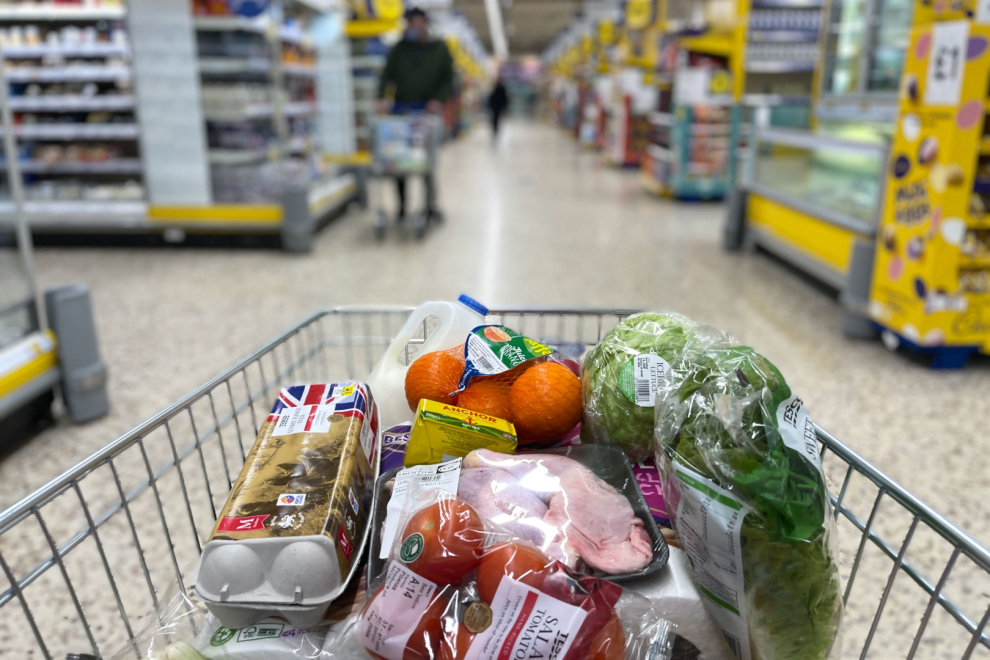SHOP price inflation is demonstrating signs of stabilisation one year after peaking, offering much-needed relief for households, according to new figures.
In April, prices were 0.8% higher than a year earlier, marking the slowest growth rate since December 2021, as per the British Retail Consortium (BRC)-NielsenIQ Shop Price Index. This figure represents a decrease from March’s 1.3% and falls below the three-month average of 1.4%.
Non-food items, in particular, experienced deflation, with prices 0.6% lower than a year ago, down from a 0.2% inflation rate the previous month. This decline was largely driven by reductions in clothing and footwear prices, as retailers intensified promotions to stimulate consumer spending.
Food inflation also moderated to 3.4%, its slowest pace of growth since March 2022 and the 12th consecutive decrease. Within this category, fresh food inflation slowed further to 2.4% from 2.6% in March, influenced by declining prices of butter, fish, and fruit due to reduced input costs and intense competition among grocers.
Helen Dickinson, the chief executive of BRC, commented on these developments: “Consumers will welcome the easing shop price inflation, but geopolitical tensions and their impact on commodity prices, such as oil, could threaten future price stability. Retailers will strive to keep prices down, but the government needs to implement pro-growth policies that support businesses in enhancing their customer offerings.”
Mike Watkins, head of retailer and business insight at NielsenIQ, highlighted the positive impact on consumers: “Although overall retail growth has slowed recently with declining food inflation, it is encouraging for shoppers that grocery prices are starting to level off and that many non-food items are now cheaper than a year ago. Retailers are actively promoting to assist consumers with budget management, offering further savings, and we anticipate this trend to drive overall demand moving forward.”
















